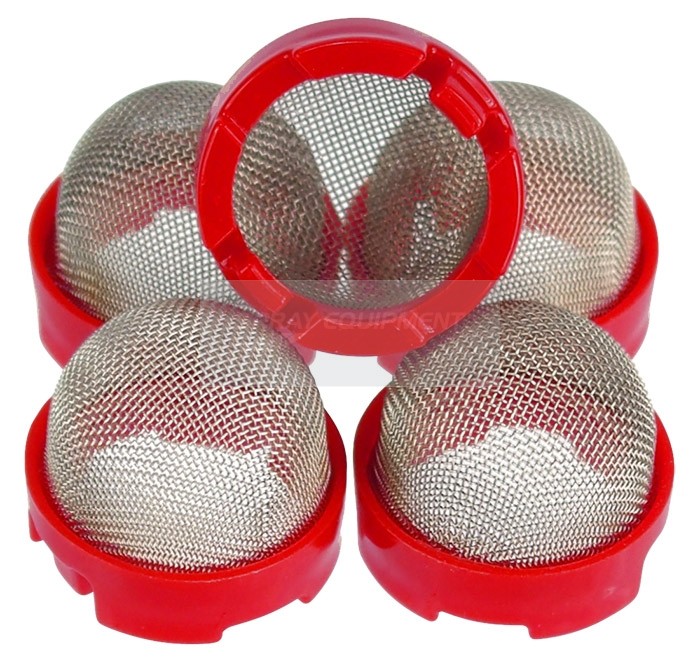
In a pencil drawing I usually move the white slider even further left (to make the paper even whiter). Move them closer together to match the actual beginning and end of black in the histogram. Often you’ll notice that the white and black sliders are not actually where the histogram begins. The white slider regulates the lighter tones the grey one the tones in the middle and the black one the dark tones. You’ll get a popup window with several sliders in different shades. In Photoshop and Photopea: go to Image (at the top) > Adjustments > Levels. In all three programs: use the crop tool on the left and adjust the frame. There’s also an option to crop photos to the best ratio for specific social media platforms, but I usually do that as a final step and save it as a copy instead. Cut out everything you don't want to be visible, like the picture stand, or the tip of your cat's tail, who decided to strut around the desk just then. If you're unsure, just follow my steps in the order they're in.įirst of all, you'll want to crop your photo. Most of it is intentional and necessary (such as cropping before changing levels).

However, the saved image files are fine and perfectly sharp, so that’s something to keep in mind.įor my own artwork I have a certain order in which I go through these retouching steps.

One thing I’ve noticed in Pixlr X is that the images always looked quite blurry in the program. I'll lead you through all three of them, so you can choose which you like best, or can (and want to) afford. Pixlr X is perhaps a bit easier to use for newbies. Photopea looks almost the same as Photoshop and has many of its features.

#PAINTING FILTERS FOR PHOTOS FREE#
Luckily, there are very similar, free versions online. These steps are just as useful and important if you happen to have a fancy scanner at home, rather than using your phone or another camera to digitalise your work.Īdobe Photoshop is the most popular choice for good image editing, but it’s also really pricey.
#PAINTING FILTERS FOR PHOTOS HOW TO#
Now that you know all about how to avoid shadows (or embrace them), how to deal with distortion, blurriness and reflections, let me show you what to do once you've taken the pictures. In my last post I have led you through 5 simple tricks to take great photos of your artwork.


 0 kommentar(er)
0 kommentar(er)
